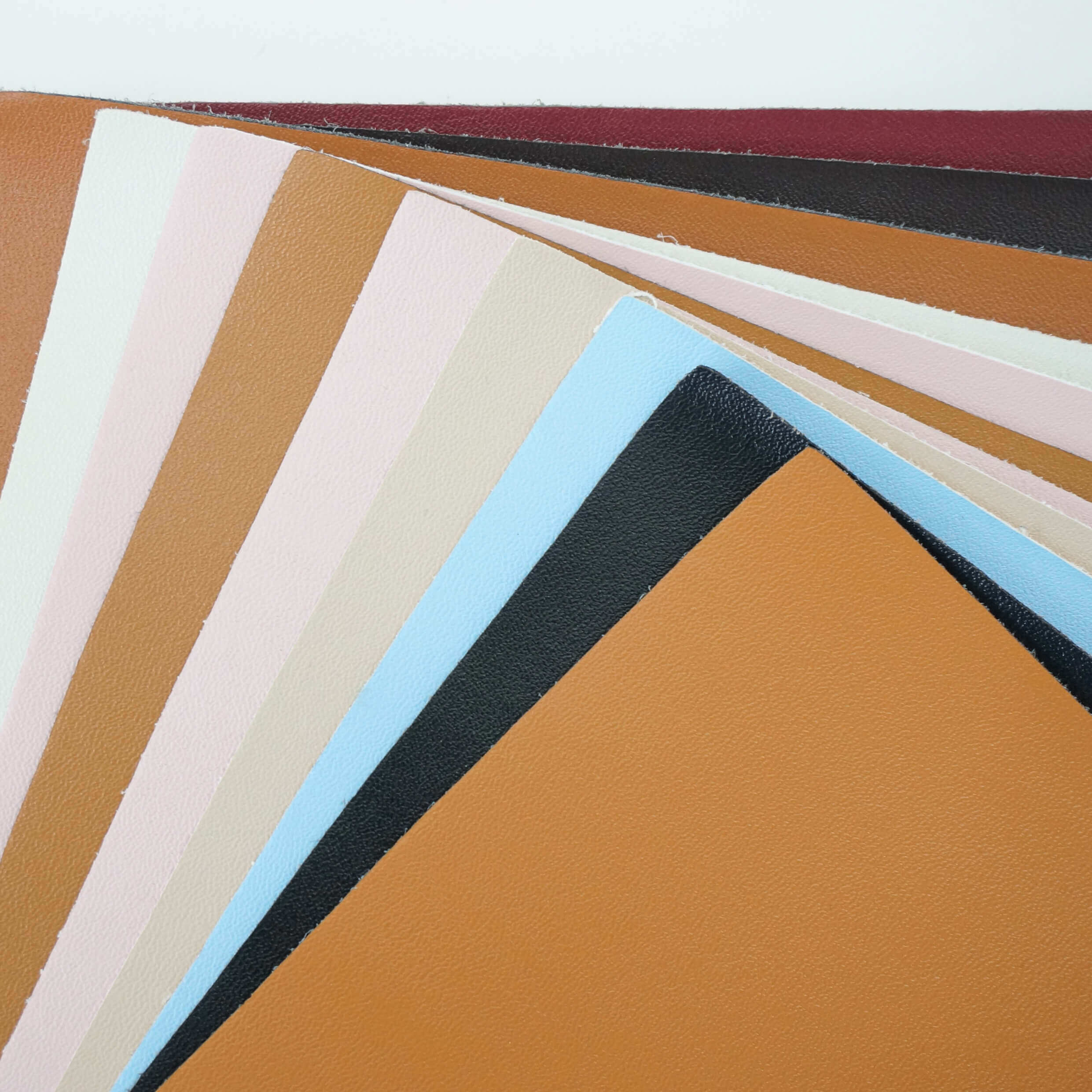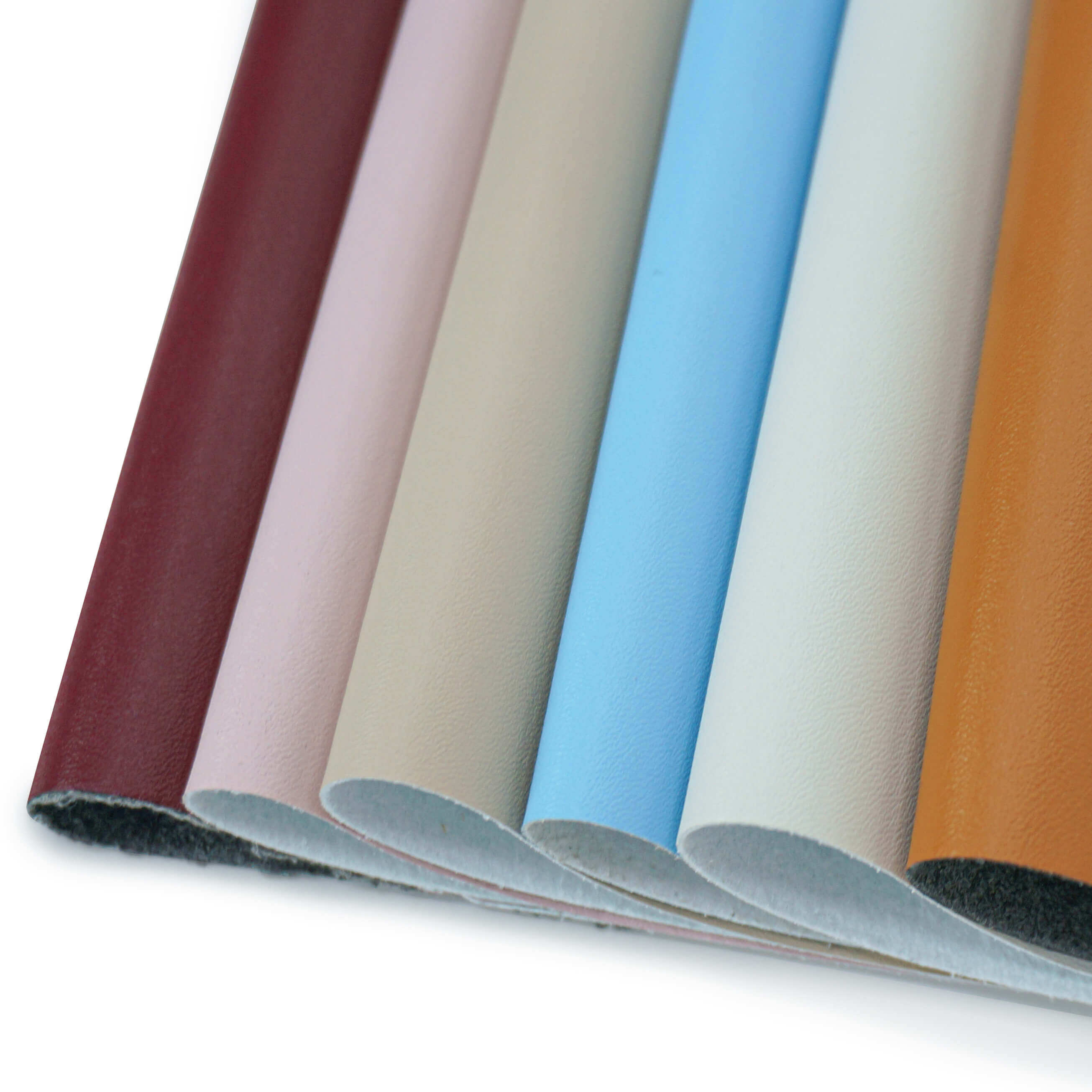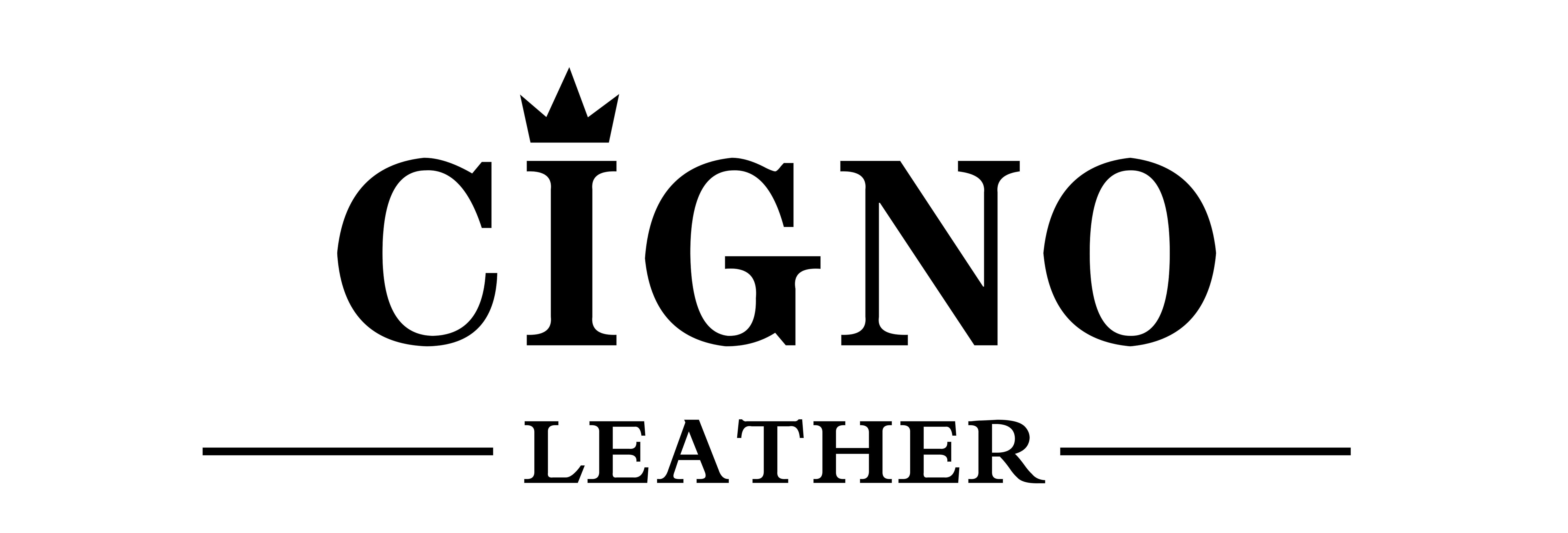Email format error
Email cannot be empty
Email already exists
6-20 characters(letters plus numbers only)
The password is inconsistent
Email format error
Email cannot be empty
Email does not exist
6-20 characters(letters plus numbers only)
The password is inconsistent

News

Inside the World of a China Polyurethane Synthetic Leather Factory
The global market for synthetic leather has been on a steady rise, with China at the forefront of production. Polyurethane (PU) synthetic leather, in particular, has garnered significant attention due to its versatility, durability, and ethical appeal. In this comprehensive exploration, we delve into the bustling industry of a China polyurethane synthetic leather factory, uncovering the processes, innovations, and challenges that define this sector. Join us as we navigate through the intricate world of PU leather manufacturing, from raw materials to the finished product gracing markets worldwide.
The Rise of Polyurethane Synthetic Leather
The Evolution of Synthetic Leather
Synthetic leather has come a long way since its inception. Initially developed as a cheaper alternative to genuine leather, early versions were often criticized for their lack of durability and aesthetic appeal. However, as technology advanced, so did the quality of synthetic leathers. Polyurethane synthetic leather, in particular, has seen significant improvements, making it nearly indistinguishable from the real thing in look and feel. Its evolution is a testament to the innovation within the industry, driven by a desire to create a product that meets consumer needs while addressing ethical and environmental concerns.
Advantages of PU Leather Over Other Synthetics
PU leather offers several advantages over other types of synthetic leathers, such as PVC (polyvinyl chloride). It’s more breathable, which makes it more comfortable for clothing and upholstery. It’s also more flexible, which allows for a wider range of applications, including fashion accessories, car interiors, and furniture. Additionally, PU leather can be made in a variety of textures and colors, providing designers with a versatile material that supports creative freedom.
Environmental and Ethical Considerations
One of the most compelling reasons for the rise of PU leather is its environmental and ethical advantages. Unlike genuine leather, PU leather does not require the use of animal hides, making it a cruelty-free option. Furthermore, advancements in manufacturing processes have led to more eco-friendly varieties of PU leather, reducing the carbon footprint associated with its production. As consumers become more environmentally conscious, the demand for sustainable materials like PU leather is expected to grow.
China’s Role in the Synthetic Leather Market
Historical Overview of China’s Manufacturing Boom
China’s journey to becoming a manufacturing powerhouse began in the late 20th century, as economic reforms opened up the country to foreign investment and trade. The government’s support for manufacturing industries, coupled with a large workforce and low labor costs, created an ideal environment for the rapid expansion of production capabilities. This growth included the synthetic leather industry, which benefited from China’s infrastructure and expertise in mass production.
Current Position in the Global Synthetic Leather Industry
Today, China is one of the largest producers of PU leather in the world. The China polyurethane synthetic leather factory is equipped with state-of-the-art machinery and technology, enabling the production of high-quality synthetic leather that meets international standards. Chinese manufacturers supply a significant portion of the global demand for PU leather, serving industries ranging from fashion to automotive.
Future Outlook and Growth Projections
The future of China’s PU leather industry looks promising. With ongoing investments in research and development, Chinese manufacturers are poised to continue improving the quality and sustainability of their products. The country’s Belt and Road Initiative is also expected to open up new markets for Chinese-made synthetic leather, further solidifying its position in the global market.
A Day in the Life of a China Polyurethane Synthetic Leather Factory
The Manufacturing Process: From Chemicals to Coating
The manufacturing process of PU leather is a fascinating blend of chemistry and precision engineering. It begins with the creation of a fine polyurethane resin that is applied to a base material, typically a woven or non-woven fabric. This resin is then treated with dyes, agents to create the desired texture, and other chemicals that determine the final properties of the PU leather, such as flexibility, durability, and resistance to wear.
Quality Control Measures and Standards
Quality control is paramount in the production of PU leather. At various stages of the manufacturing process, samples are tested for thickness, color consistency, tensile strength, and resistance to abrasion and environmental factors. Adherence to international standards, such as ISO (International Organization for Standardization), ensures that the products meet the expectations of global consumers.
The Role of Technology and Automation
Automation plays a critical role in modern PU leather factories. Computer-controlled machinery ensures precision in the coating process, while automated cutting equipment guarantees consistent patterns and sizes. Advanced technology also enables the creation of complex designs and textures that were once impossible to achieve.
Material Innovation and Sustainability Efforts
Research and Development in PU Leather
Continuous research and development are vital for the advancement of PU leather. Scientists and engineers work tirelessly to improve the material’s properties, experimenting with new chemical formulations and production techniques to enhance performance and reduce environmental impact.
Eco-friendly Practices in Chinese Factories
The China polyurethane synthetic leather factory is now adopting eco-friendly practices, such as using water-based polyurethane systems that emit fewer volatile organic compounds (VOCs). Recycling waste materials and utilizing renewable energy sources are also becoming more common as the industry moves towards greener production methods.
The Push Towards Circular Economy in Synthetic Leather Production
The concept of a circular economy is gaining traction in the synthetic leather industry. This approach focuses on minimizing waste and making the most of resources. By designing products for longevity, recyclability, and reusability, PU leather manufacturers are contributing to a more sustainable future.
Navigating the Challenges: Trade, Tariffs, and Competition
The Impact of International Trade Policies
Trade policies and tariffs can significantly affect the synthetic leather industry. Manufacturers must stay informed about changes in trade agreements and adjust their strategies accordingly to maintain competitiveness in the international market.
Competitive Landscape: China vs. Other Manufacturing Hubs
China faces stiff competition from other manufacturing hubs, such as those in Southeast Asia and Europe. To remain competitive, Chinese factories invest in quality, innovation, and efficiency, often leading the way in the synthetic leather industry.
Strategies for Staying Ahead in a Competitive Market
Strategies for staying competitive include focusing on specialized products, investing in R&D, and forming strategic partnerships. By continuously improving their offerings and adapting to market changes, Chinese PU leather manufacturers can maintain their leading position.
The Versatility of PU Leather Applications
Fashion Industry: From Runway to Retail
In the fashion industry, PU leather is a staple for creating trendy and affordable clothing, shoes, and accessories. Designers appreciate its ability to be dyed in a vast array of colors and embossed with various textures, which allows for creative freedom in their collections. From high-end runway shows to everyday retail items, PU leather is a popular choice for its vegan properties and fashion-forward look.
Automotive Industry: Upholstery and Beyond
The automotive industry relies on PU leather for its durability and ease of maintenance. It is commonly used for car seats, steering wheel covers, and interior trims, providing a luxurious feel without the high cost and maintenance requirements of genuine leather. Additionally, PU leather’s resistance to wear and tear makes it suitable for use in other automotive applications, such as in door panels and dashboards.
Furniture and Interior Design Trends
PU leather has become a favorite material in furniture and interior design due to its adaptability and aesthetic appeal. It is used in sofas, chairs, and ottomans, offering a sophisticated look that can withstand the rigors of daily use. Interior designers often choose PU leather for its ability to complement various design styles, from modern to traditional.
Quality Assessment: Ensuring Premium PU Leather Products
Standards and Certifications in China
Chinese PU leather factories adhere to strict quality standards and may seek certifications like ISO 9001 for quality management systems. These certifications ensure that the products meet both national and international quality and safety standards, which is essential for export and consumer trust.
The Importance of Consistent Quality
Consistency in quality is vital for customer satisfaction and brand reputation. Manufacturers implement rigorous testing procedures to ensure that each batch of PU leather meets the same high standards. This includes tests for colorfastness, abrasion resistance, and tensile strength.
Customer Feedback and Continuous Improvement
Customer feedback is an invaluable resource for manufacturers. It provides insights into how products perform in real-world conditions and highlights areas for improvement. Manufacturers use this feedback to refine their processes and products, ensuring that they meet or exceed customer expectations.
The Consumer Perspective: Demand and Perception
Market Trends and Consumer Preferences
Market trends indicate a growing preference for sustainable and ethical materials, which positions PU leather favorably. Consumers are increasingly aware of the environmental and ethical implications of their purchases, leading to a higher demand for vegan and eco-friendly products.
The Role of Branding and Marketing
Effective branding and marketing are key to educating consumers about the benefits of PU leather. By highlighting its durability, versatility, and ethical advantages, brands can differentiate their products and appeal to a broader market.
Educating Consumers on PU Leather Benefits
Consumer education is crucial for dispelling myths and misconceptions about PU leather. Manufacturers and retailers can provide information on the material’s performance, care instructions, and sustainability, helping consumers make informed decisions.
Collaborations and Partnerships
Building Strong Relationships with International Brands
By collaborating with international brands, Chinese PU leather manufacturers can gain access to new markets and benefit from shared expertise. These partnerships often lead to the development of new products and technologies.
Collaborative Projects for Innovation
Joint projects between manufacturers, designers, and technologists can result in innovative uses of PU leather. These collaborations can lead to breakthroughs in material science and product design, further expanding the potential applications of PU leather.
Case Studies of Successful Partnerships
Highlighting successful partnerships through case studies can showcase the potential for collaboration in the industry. These stories can serve as inspiration for other businesses and highlight the benefits of working together.
Looking Ahead: The Future of PU Leather Manufacturing in China
Anticipated Technological Advancements
Technological advancements are expected to improve the production process, quality, and sustainability of PU leather. Innovations in material composition and recycling processes could further enhance the environmental profile of PU leather.
Market Expansion and New Opportunities
As global demand for sustainable materials increases, the market for PU leather is expected to expand. This presents new opportunities for Chinese manufacturers to explore, such as entering untapped markets or developing products for emerging industries.
The Role of Government and Industry Regulations
Government policies and industry regulations will continue to shape the PU leather industry. Regulations focused on environmental protection and sustainability could incentivize manufacturers to adopt greener practices and technologies.
Conclusion
The journey through a China polyurethane synthetic leather factory reveals a dynamic and evolving industry that is as complex as it is fascinating. With its commitment to innovation, sustainability, and quality, China’s synthetic leather market is poised to continue its dominance in the global arena. As consumers and industries alike seek out alternatives to traditional leather, the future shines bright for PU leather, with Chinese factories leading the charge in this synthetic revolution.

